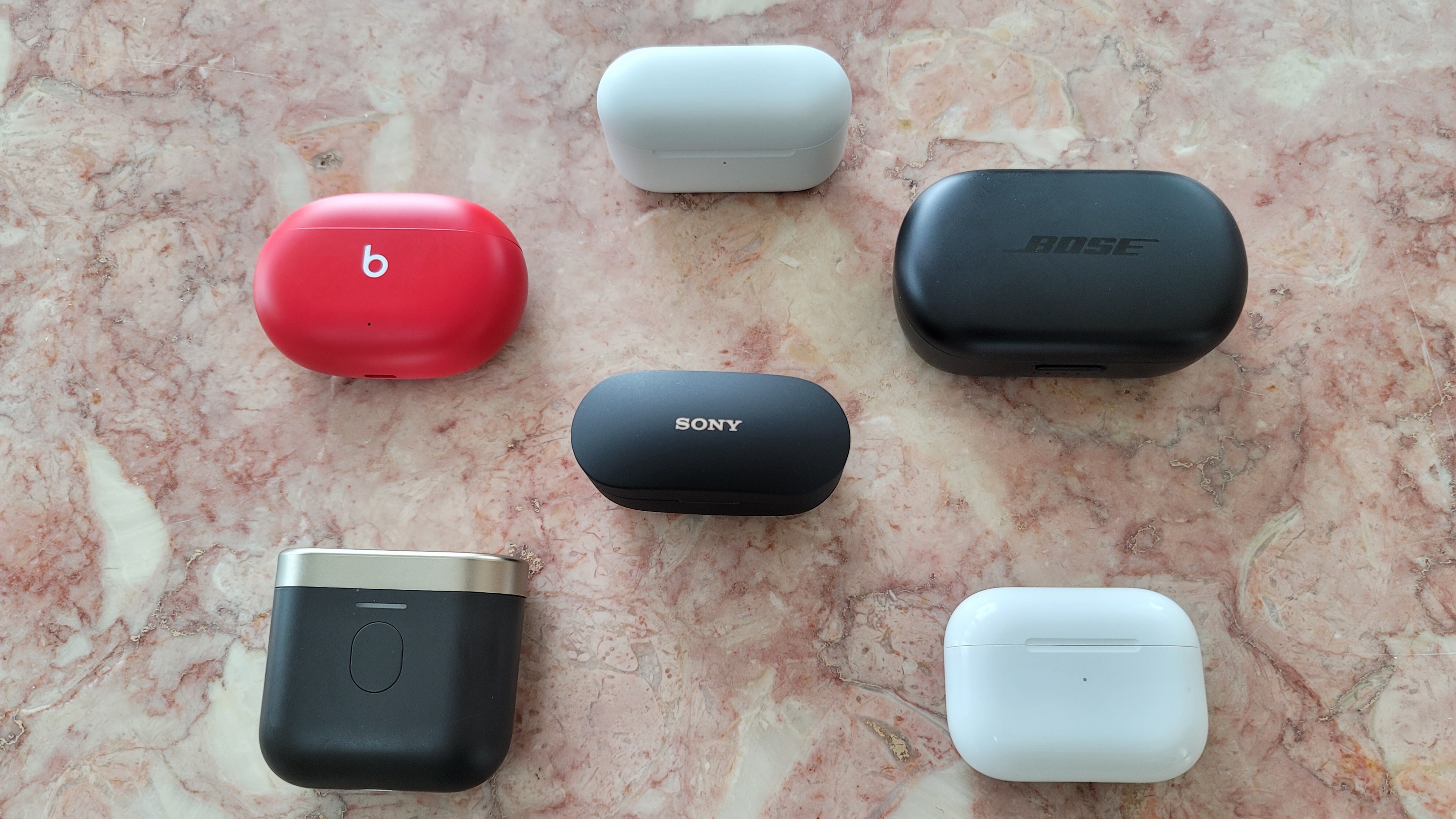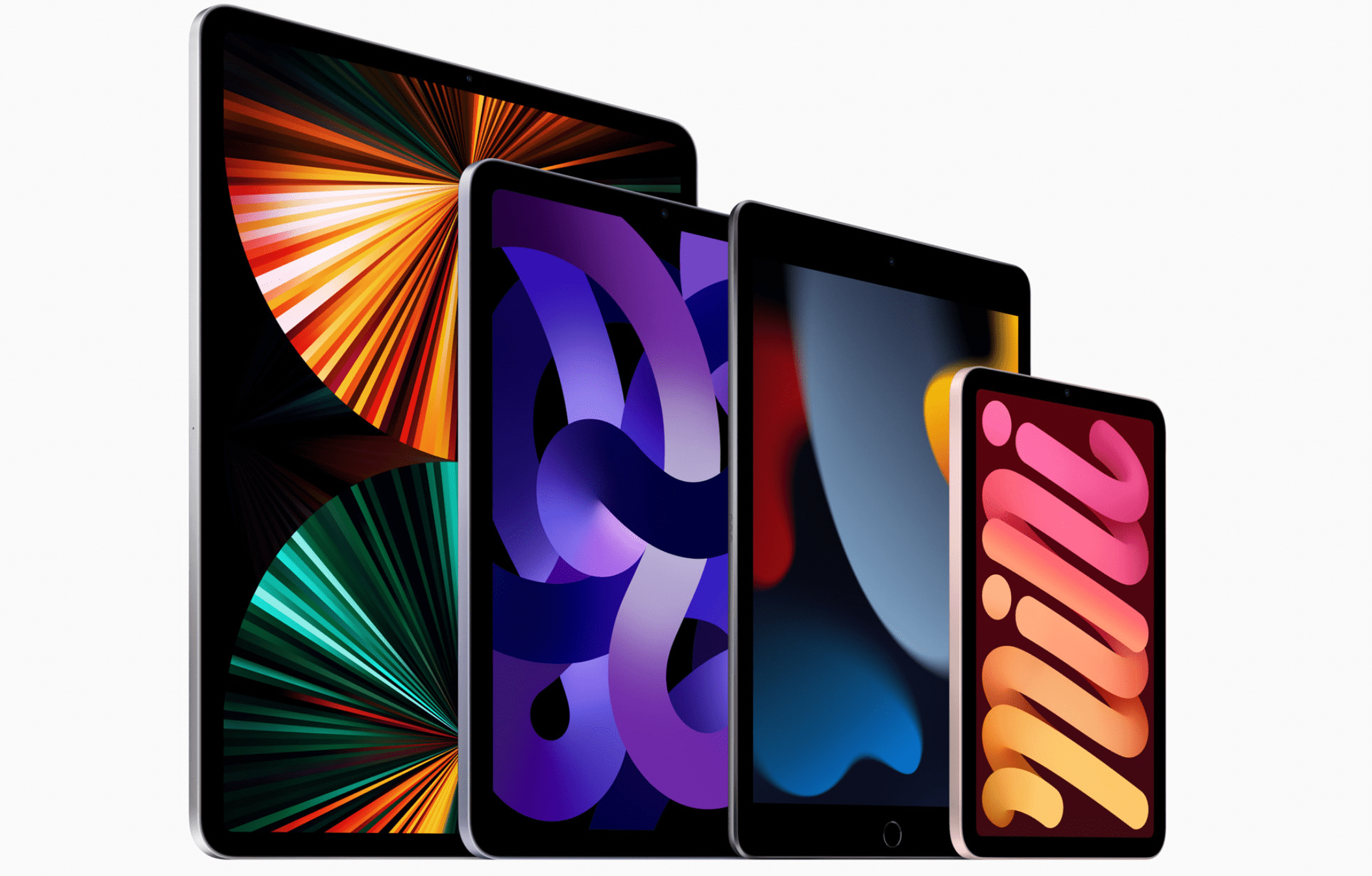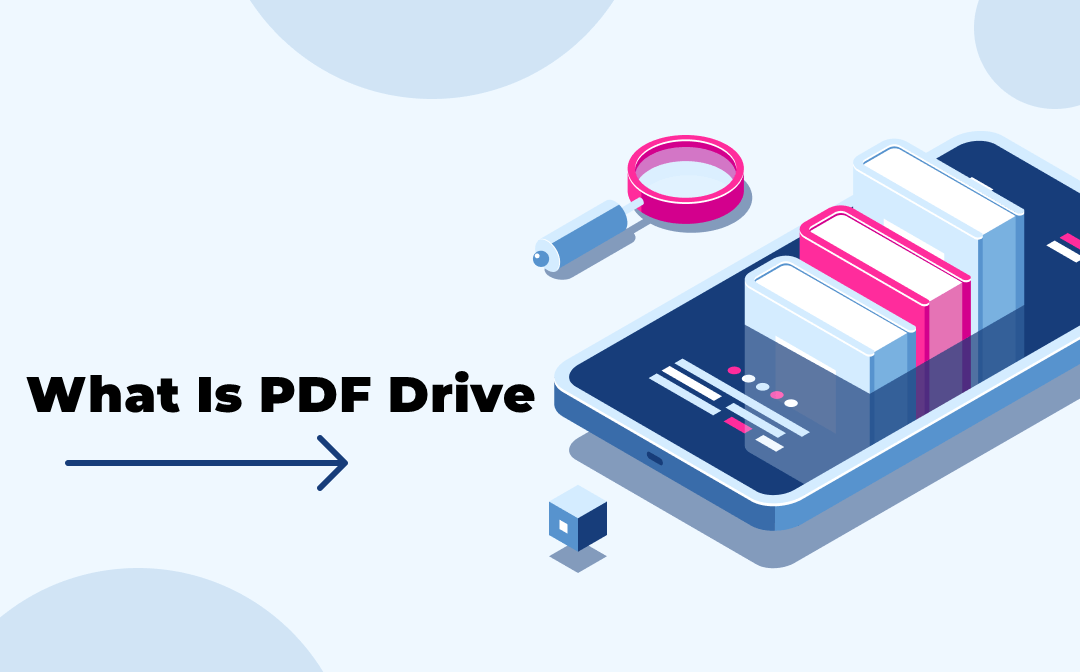Noise-canceling headphones appear to have been designed with travellers in mind. I imagine you’ll agree if you’ve ever spent a dozen hours stuck in an airline cabin with a screaming child or listened to every groan and squeak of your overnight bus.
Of course, you don’t have to be away from home to get the benefits of turning off the world’s background hum. Whether it’s from nearby traffic, noisy neighbours, or family members who won’t shut up when you’re trying to work or study, a good pair of noise-canceling headphones may make a huge difference.
For a long time, these headphones didn’t perform very well, were prohibitively expensive, and didn’t last very long on a single charge. Noise-canceling technology has advanced substantially in recent years, as has the battery life of gadgets that use it. Some models are on their fourth or fifth iteration, and the improvements are beginning to show.
While you can still spend several hundred dollars on high-end gear and see a significant difference, you don’t have to. For under $100, you can get decent noise-canceling headphones, and for about $60, you can get decent ones.
It seems like a good moment to examine where things stand with this type of gear right now, as well as what the best noise-canceling headphone options will be in 2021. We’ve explored both over-ear and in-ear headphones because they each have their own set of advantages and disadvantages when it comes to travel.
1.Best Noise-Canceling Headphones: Sony WH-1000XM4
You can’t go wrong with the Sony WH-1000XM4 headphones if you want the best combination of sound quality, noise-canceling ability, battery life, and features. I chose a precursor of these headphones (the XM2) as my constant companion for airports, coffee shops, and endless bus travels after weeks of research and a thorough in-store trial.
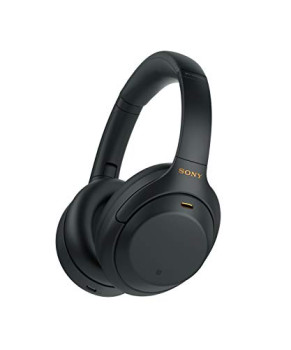
They’ve been great, and the most recent edition is even better. They’re a high-end device that builds on the previous generations’ strengths. They’re super-comfortable, even after lengthy use, and most individuals will be glad to wear them for hours on end. The music is just outstanding, with a warm, genuine sound that isn’t boosted or amplified.
That holds true even while using Bluetooth, however genuine audiophiles will almost certainly want to utilise a 3.5mm cable instead. Depending on noise-canceling and wifi settings, the battery life can last up to 30 hours, easily covering even the longest trips. The headphones are charged with a normal USB C cord, and a ten-minute boost extends the battery life by five hours.
It takes three hours to fully charge the device. They also include a slew of other travel-friendly features. In addition to the 3.5mm connection, a two-prong converter is included for use with older in-flight entertainment systems. When it comes to flights, there’s also a pressure sensor incorporated in that measures your altitude.
According to Sony, air pressure has an impact on frequency response and noise cancellation capabilities, so you may calibrate your headphones for better sound while flying. The power and Bluetooth settings are controlled by one of the buttons on the left earpiece, while the noise-cancellation modes are switched by the other.
You can use that same button to activate Alexa or Google Assistant instead, but I didn’t bother because you can only change noise-canceling modes within the smartphone app. The noise cancellation is among the best in the industry, outperforming almost all of the competitors except the Bose 700 (below), and eliminates rumbling engines and noisy café patrons at the touch of a button.
If you need to pay attention to your surroundings, cup your palm over the right headphone to mute the music and let ambient sound in instead. Removing the left headphone cup completely pauses the music, and returning it resumes it. Speak-to-Chat is a new feature in this edition that automatically pauses your audio playback and switches your headphones to ambient mode when you start chatting.
After a (customizable) length of time, or if you touch the earcup, it switches back. Another new feature allows you to pair and connect to two Bluetooth devices simultaneously and switch between them at any moment. Even better, the headphones will automatically switch over if an incoming call or notice on a connected device is detected.
The headphones fold flat to fit into a travel case that is much smaller than expected. Of course, they’re still much bigger than earbuds and aren’t suitable for sleeping, but that’s true of all headphones. If you don’t mind the extra bulk in exchange for superior sound, noise cancellation, comfort, and battery life, the Sony WH-1000XM4 is a great choice.
Pros
- Great sound quality, even over Bluetooth
- Effective noise cancelation
- Comfortable to wear for hours
- Useful features for travel
- Long battery life
Cons
- Call quality, while improved from earlier models, still isn’t amazing
- No water resistance
- Premium headphones come with a premium price tag
2.Runner-Up, Best Noise-Canceling Headphones: Bose 700
For many years, Bose was the market leader in noise cancellation.
For a time, Sony’s 1000XM headphones held the top rank, but Bose has reclaimed it with the Bose 700 over-ear headphones. Bose has gone all-in with eight microphones and 11 distinct noise-cancellation settings.
The ultimate result is best-in-class noise suppression that can handle practically any environment, from bustling streets to quiet quarters. Bose has dramatically updated the design from its previous premium models, the QC 35’s, which are available in white, black, or silver.
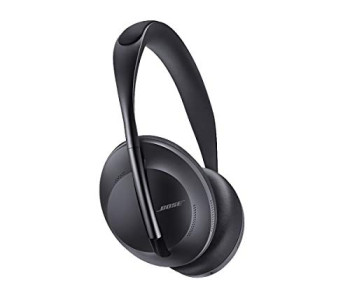
With a padded headband and soft earpads, the new 700s look sleek and attractive, encouraging extended listening. The world vanishes when the noise cancelling is turned on. Everything becomes practically unnoticeable, from passing cars to engine rumbling, from noisy coffee machines to chattering passengers, especially once the music starts.
It isn’t quite magic, but it has the appearance of being so at times. The headphones are light and pleasant to use for long periods of time, though you won’t be able to sleep in them like you would with other headphones. The durable travel case protects them from damage when on the go, despite the fact that they don’t fold up as much as the Sonys.
There’s even some rudimentary splash protection (IPX4), which won’t keep you dry in a downpour but is better than nothing.
The battery life (while using Bluetooth) is adequate, but might be better. So, why did the Bose 700s lose out to the Sonys as our top option, despite being more comfy, having a longer battery life, and having better noise cancellation?Because the XM4s have all of that, and they sound even better while doing it.
While the audio quality of the Bose is decent, it isn’t nearly as nice as the 1000XM4.The Sony, in my opinion and that of many other reviewers, sounds somewhat superior overall, with clear, expansive sound and properly enhanced bass that enhances rather than overwhelms. The 700s are more expensive than the Sony model, which makes some of the missing features more difficult to swallow.
There’s no way to turn off the music or bring in ambient noise by cupping one of the headphones, for example. The headphones also don’t pause playback when you take them off your head, which is a feature found in many lesser models. On the plus side, call quality is substantially higher than the Sony’s, thanks to the use of class-leading noise reduction technology when conversing.
If you’re going to be making calls in a noisy environment on a frequent basis, this is something to keep in mind. Even with the aforementioned minor drawbacks, these are excellent headphones.
If you see these on sale, you should definitely buy them up. I’d choose with the Sonys if I had to pay full price, but chances are you won’t be unhappy with either.
Pros
- The best noise cancelation out there
- Lightweight and comfortable
- Splash protection
- Good call quality
Cons
- Sound quality isn’t as good as the noise cancelation
- Missing features found in cheaper models
- Premium headphones come with a premium price tag
- Battery life is ok, but could be better
3.Best Wired Noise-Canceling Earbuds: Bose QuietComfort 20
If you’re travelling with a carry-on, every every inch of luggage space counts, you might not be able to fit a set of over-ear headphones, no matter how excellent they are. Instead, check out the Bose QuietComfort 20 in-ear headphones, which offer outstanding noise-cancellation and battery longevity in a quarter of the size.
These are by far the best noise-canceling earbuds on the market, assuming you have a phone with a headphone jack (or you haven’t lost your headphone dongle yet). They can reduce lower frequencies, such as those produced by plane engines, by up to 45 dB. Even when compared to other high-end models, that’s a significant difference, and you’ll notice it right away.

Because the QC20s aren’t wireless, they have a long battery life.
They have a 16-hour battery life, according to Bose, and some customers get even more. That should be plenty to get you through practically any long-haul flight.
Even if you’ve booked one of those dreadful 36-hour flights with an overnight layover in a Chinese airport you’ve never heard of, recharging takes only two hours. When the battery runs out, you can still use the earphones, but noise cancellation is disabled.
While not as comfy as over-ear headphones for long periods of time, the QC20s are about as comfortable as earbuds can get.
The unique design does not irritate your ears like some others. They’re also more comfortable to sleep in than over-ear headphones, which is useful on lengthy flights.
The sound quality, on the other hand, is a bit of a letdown. While the amount of outside noise that disappears may astound you, the quality of the music that replaces it will disappoint. It’s not that it’s horrible; it’s simply that it’s not as nice as you’d expect from an expensive pair of earphones that performs so well everywhere.
The complex electronics, like that of all active noise cancelling earphones, has to live somewhere. It’s in a flat, rectangular box that also houses the battery and power button in this example. On the inline remote, you may answer calls and toggle noise cancellation. A tiny travel case and a variety of soft silicone tips are included in the box.
Overall, the QC20s are the finest you’ll find if you want outstanding noise cancellation in a small design and don’t need Bluetooth compatibility. It’s important to keep in mind that there are several models for Apple and Android devices, so make sure you get the proper one.
Pros
- Exceptional noise cancelation
- Small and super-portable
- Good battery life
- Comfortable for sleeping and extended use
Cons
- Sound quality should be better
- Wired-only
- Cheaper than usual for Bose, but still not cheap
4.Best Wireless Noise-Canceling Earbuds: Sony WF-1000XM4
Sony’s WF-1000XM4 earbuds, which are essentially the earbud equivalent of our top headphone recommendation, get a lot right.
They’re hard to beat for travellers who can’t justify the size and weight of headphones because they have exceptional battery life, the best noise cancellation in their class, and impressive sound quality. Right now, battery life is as amazing as it gets.
With noise cancellation switched on, you can expect to get roughly eight hours per charge, and up to 12 if you turn it off. That is far superior to anything else on the market. The case carries two additional charges, allowing you to listen for up to 24 hours before needing to find a power outlet.
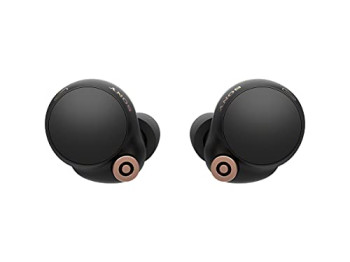
The earbuds take around an hour and a half to charge from empty to full, with a rapid charge of five minutes providing an hour of listening time. Because of their small size and short battery life, noise cancelling on wireless earbuds is often poor. While the WF-1000XM4s don’t block out as much low-end sound as comparable over-ear models, they’re notably better than almost all of the competitors.
While they are unlikely to completely eliminate engine drone on an overnight flight, they do a fantastic job of blocking outside noise and will significantly improve your “enjoyment” of long plane and bus travels. For a pair of wireless earbuds, the sound quality is quite impressive. For music and podcasts, the bass is robust and distinct, while the mid notes are sharp and clear.
With these earphones, whatever you’re listening to is going to sound shockingly fantastic. Other useful features of the over-ear device include customizable Ambient Sound settings (which lets in some outside noise when you want to hear it) and a “Quick Attention” mode, which involves long-tapping the left-hand earbud to bring in outside sound like boarding calls.
When you remove one of the earbuds, playing will immediately pause.When you plug it back in, your music, podcast, or audiobook will resume where it left off. Using either NFC or Bluetooth, pairing is simple and reliable, even across long distances. When watching a video, each earbud retains its own Bluetooth connection to the source device, allowing for greater audio synchronisation.
Official sweat/moisture protection is new on this model, with the IP42 rating providing at least some level of comfort during a strenuous workout or when caught in the rain. However, the XF-1000XM4s aren’t without flaws. If you plan to make a lot of phone conversations with them, you probably shouldn’t buy them. The microphones frequently pick up too much background noise, resulting in muffled or echoing sound for call recipients.
In tranquil surroundings, you’ll be OK, but in noisy or windy ones, you’ll be less so. The only other concern (for most people, a minor one) is the continued lack of Bluetooth multipoint. You can’t connect to two devices at once and have the earphones automatically switch (for example) from your laptop to your phone when a call comes in, unlike some other high-end models.
However, compared to what Sony’s WF-1000XM4’s do effectively, the drawbacks aren’t a major concern for many travellers. If you’re searching for a set of wireless earbuds that are reasonably priced for the quality and functionality they provide, they should be at the top of your list.
Pros
- Strong, reliable connection
- Excellent battery life
- Impressive noise cancellation
- Great sound quality
- Sleek design
Cons
- Call quality not the best in noisy/windy environments
- No Bluetooth multipoint
5.Best Budget Noise-Canceling Headphones: Paww WaveSound 3
If you want to travel with noise-canceling headphones but don’t want to spend $250 or more on them, the Paww WaveSound 3 delivers many of the same capabilities for a much lower price. While there’s nothing here that you won’t find in our top recommendation, it’s nice to see a 3.5mm cable and a two-prong aeroplane adapter included at this pricing point.
The headphones also fold flat into the sturdy travel case that comes with them, saving you space in your carry-on. They’re stylish and well-made, and despite their weight, they’re comfortable enough to wear for long periods of time. With noise cancelling switched on, the battery life is rated at 16 hours, and most people seem to get close to that.

Charging these headphones from empty to full takes less than four hours, which is about average for over-the-head headphones. The sound quality for wireless headphones at this price range is surprisingly good, with crisp, clear mid-range and treble in particular. Noise cancellation, on the other hand, falls short.
The WaveSound 3’s circuitry doesn’t shut out as much sound as any of our top recommendations, and there’s occasionally an audible hissing sound to go along with it. It’s still preferable than having nothing at all, but if you want the best, you’ll have to pay for it. Still, at roughly $100, these are a good budget option for people who would rather spend their extra cash on flights and hotels than on high-end headphones.
Pros
- Great value
- Travel-friendly features
- Attractive and well-made
- Good sound quality for the money
Cons
- Noise cancelation doesn’t work as well as on high-end models
- Quite heavy
6.Best Budget Wireless Noise-Canceling Earbuds: TaoTronics SoundLiberty 94
Are you looking for some low-cost wireless earbuds with good noise cancellation and music quality that won’t break the bank?
These Taotronics earbuds are typically under sixty dollars, with effective active noise cancellation, and quality that won’t make you want to rip your ears out. The Bluetooth 5.1 connection connects instantly and stays steady for up to 15 meters/50 feet.
Three pairs of silicone tips, in a variety of sizes, are included in the box to ensure that the noise cancellation works effectively and that the earbuds stay comfortably in your ears for hours. Touch-sensitive controls on both earbuds let you to operate a variety of features, including playing, pausing, and skipping tunes, as well as answering calls and enabling or disabling noise cancellation and “ambient sound” mode.
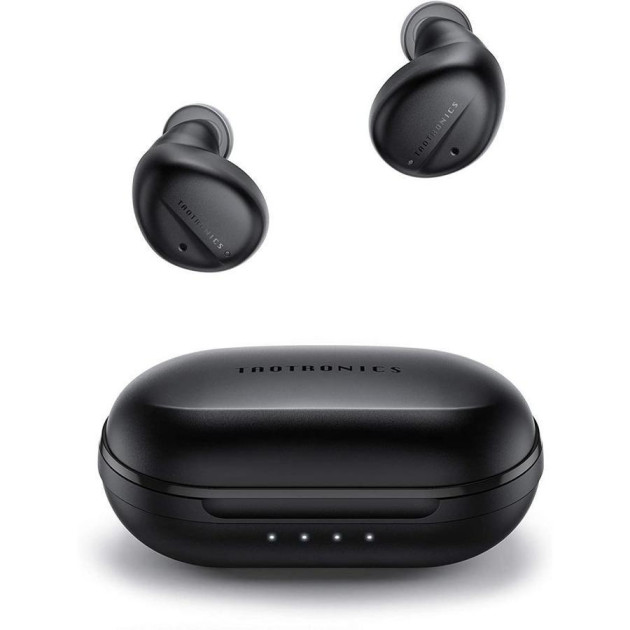
With noise-cancelation turned on, you’ll get about five hours of playing on a single charge, or up to eight hours with it turned off.
The earphones take roughly two hours to charge from empty to full in the case, which holds up to three more charges and can be recharged using the provided USB C cable (or any other.)
While you can’t expect the same level of performance from a budget set of earbuds as you can from those costing five times as much, the SoundLiberty 94’s noise cancellation is surprisingly effective. Low-frequency sounds like engine rumble are greatly reduced, and other, higher-frequency sounds are effectively muffled.
The maximum level is pretty loud, and the sound quality is decent for a pair of low-cost wireless earbuds. The bass is powerful, if muddy, and the mid-range is clean and clear.The treble, on the other hand, isn’t terrific, often sounding muffled.
These aren’t audiophile products, but neither are they marketed or priced as such. Instead, they’re an excellent way to drown out the worst of the noise around you while listening to music that doesn’t sound too bad for a relatively low price. As a result, they’re our low-cost pick.
Pros
- Inexpensive
- Good noise cancelation for the price
- Decent audio quality
Cons
- Battery life could be better
- Call quality isn’t the best outside quiet environments



